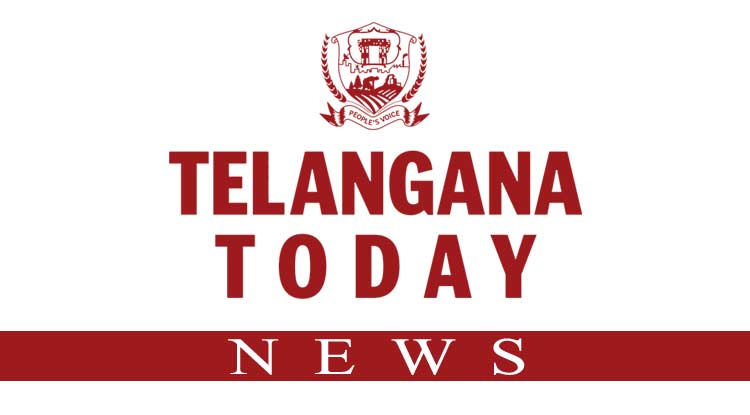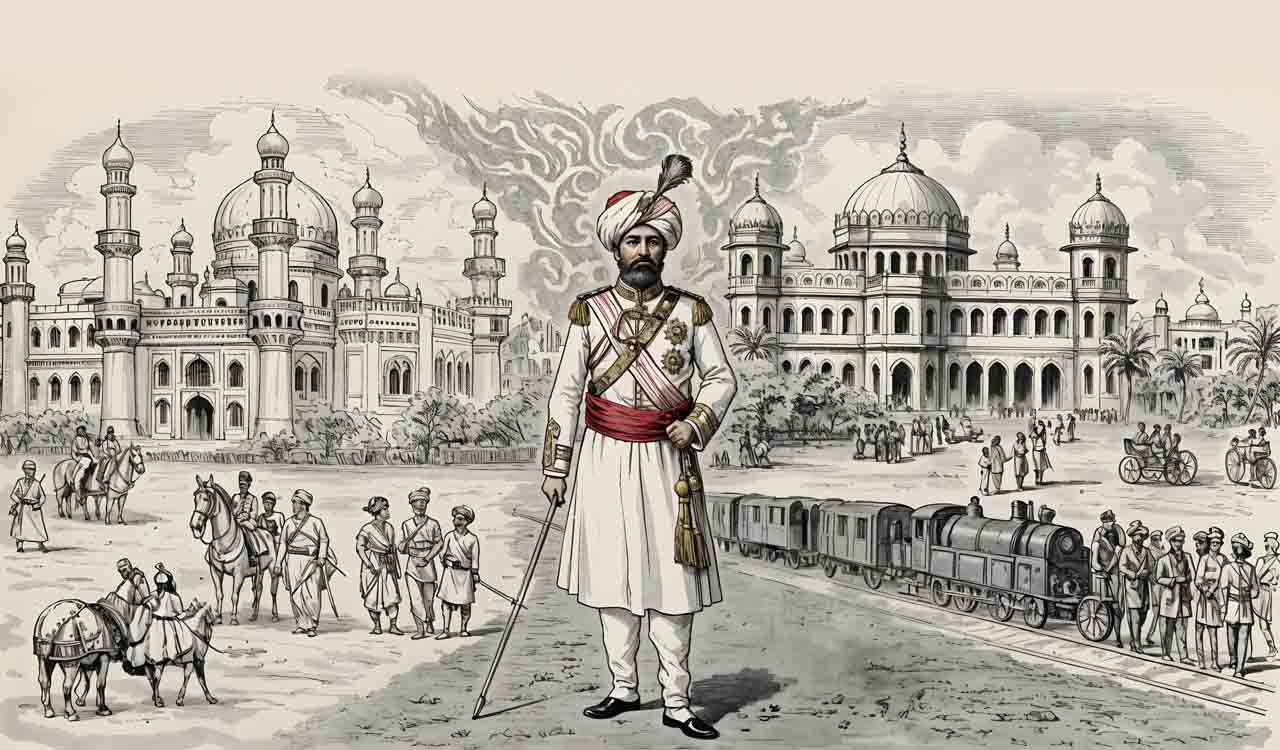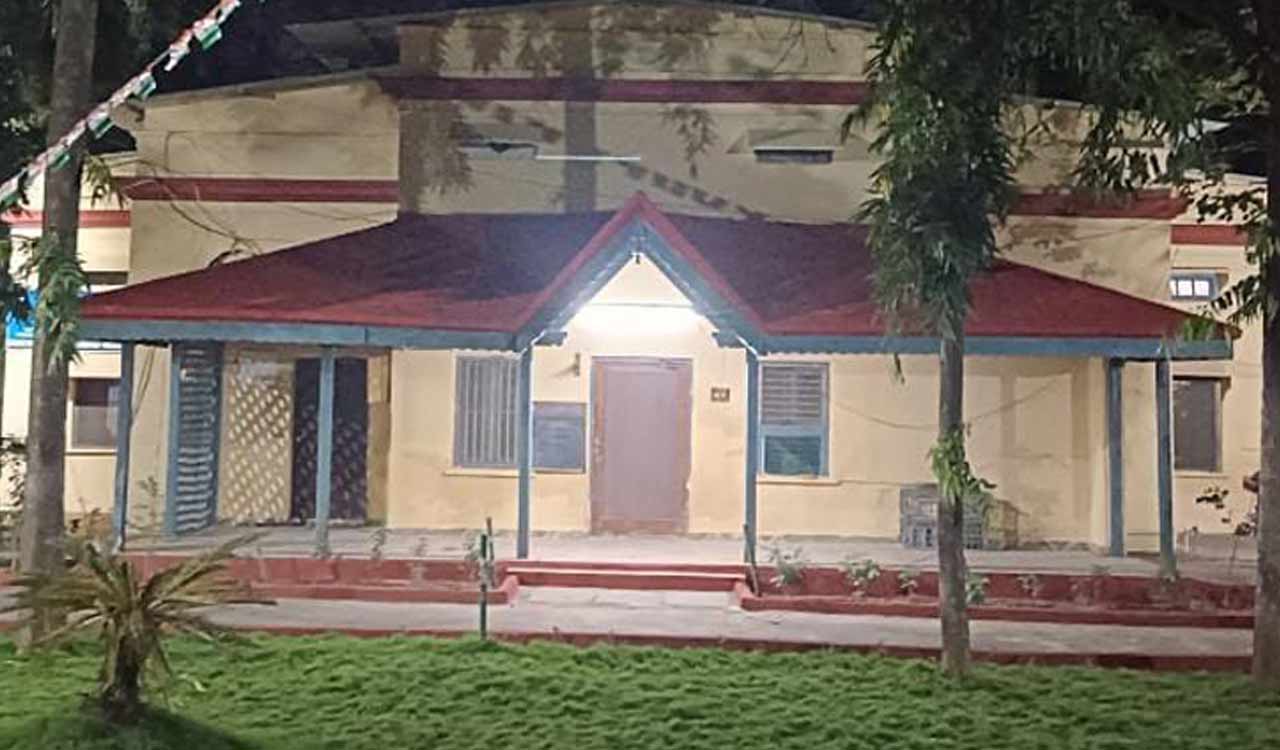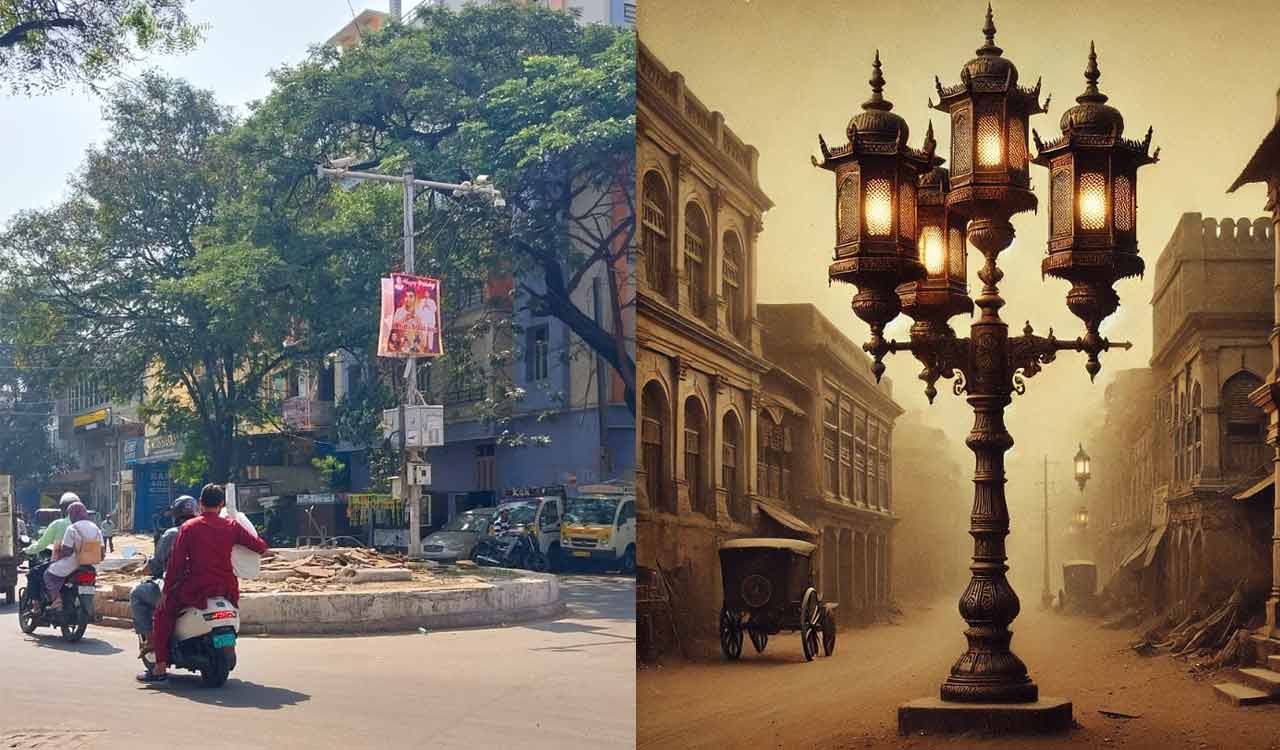The objectives of Nizam’s reforms
Under the administration of Nizam’s government, the State administration was divided into 14 departments Administrative and Revenue Reforms The administration of the Nizam’s government was carried by the Prime Minster, Deewan/Regent, in consultation with co-Regent, advised by the British Resident in important matters, and assisted by a Peshkar or Deputy Minister and four Departmental Ministers […]

Under the administration of Nizam’s government, the State administration was divided into 14 departments
Administrative and Revenue Reforms
The administration of the Nizam’s government was carried by the Prime Minster, Deewan/Regent, in consultation with co-Regent, advised by the British Resident in important matters, and assisted by a Peshkar or Deputy Minister and four Departmental Ministers or Heads of the department. The State administration was divided into 14 departments – Judicial, Revenue, Police, Public Works, Education, Medical, Municipalities, Military, Finance, Post, Railway and Telegraph, Sarf-I- Khas or his Highness Privy Purse Estate, Political and Legal.
The first seven of the above 14 departments were under the control of separate minster (Sadr-ul-Mihams) who communicated directly with Prime Minster through the secretaries to the government. The four Sadar-ul- Mihams were as follows:
1. Nawab Bashir-ud- daula Bhadur, Judicial and Jail administration
2. Nawab Mukarram-ud- daula Bahadur, revenue department in all its branches
3. Nawab Shmsir Jung Bhahdur, Police department
4. Nawab Shahab Jung Bahadur, Public Works, Municipal, Education and Medical departments.
According to Chirag Ali’s account, the Secretariat department under the Prime Minster consisted of the following:
1. Judicial and Police, one secretary
2. Revenue one secretary and one assistant
3. Military Irregular or Jamaderi, one secretary and one assistant
4. Public Works, one secretary and three assistants
5. Military reformed troops, one secretary and one assistant
6. Miscellaneous, one secretary and one assistant
7. English offices, in which the military secretary and assistant act as private secretary and assistant
8. Sarf-I-Khas, one secretary and one assistant
9. Political office, one Mir Munshi
10. Legal, one secretary who also acts as the civil judge of the sub-urban court
The other important reform introduced by Salar Jung was the stabilisation of currency. Prior to 1853, issuing of coins was not the monopoly of the State. Thus, a large number of counterfeit coins were in circulation and this established the money economy of the State. Salar Jung made issuing coins as the monopoly of the State. A central Mint was established at Hyderabad and the district mints were abolished. He issued Hali Sikka rupees and this became the standard currency for all monetary transactions.
As per the Salar Jung’s reforms the system of farming out the taxes on imports and exports was abolished. The government treasury was established in the city, and the Customs department was taken over by the government and a stamp paper office and department of executing decrees were set up. The Customs department took charge of the duties levied on salt. In the year 1861, a Stamp paper office was established in the metropolis and stamp duties were imposed on bonds and other legal instruments, and fees in stamps were also made payable on plaints, petitions, and other documents filed in Court of Justice.
The first secretariat to be set up was judicial secretariat established under the Prime Minster in 1863. Thus by 1864, the basic revenue and regulatory functions had been firmly set up by Salar Jung. The characteristic feature of this period continued to be centralization of power in the hands of the Deewan.
The main objective of Salar Jung’s revenue reforms was to provide economic stability in the State. To realise this he adopted certain measures and abolished the tax farming system. Under this system the tax farmers, Daftardars and Guttedars benefited immensely. They paid only a fixed amount to the State and collected exorbitant rents from the peasants. It led financial loss to the State. Further, the middlemen exploited the peasantry to the maximum. Salar Jung appointed Talukdars, who were paid salaries by the State. Their duty was to directly collect revenue forms the peasants in the Deewani areas. Thus, the peasant was brought in direct touch with the State, and relieved from the exploitation of the revenue farmers.
The success of Salar Jung’s revenue policy was evident from the fact that the gross land revenue collected increased between 1853 and 1881 by nearly two and half times, as against proportionate increase in the British Indian Empire of 25 percent. The percentage of collection on demand in the Nizam’s dominions was 98.85. The increase in land revenue was due to the fact that anarchic conditions prevailed when Salar Jung became Deewan and through his reforms he considerably extended the area under cultivation. The major characteristics of Salar Jung’s reforms include the institutionalisation of the revenue functions, the centralisation of authority in the Talukdar at the district level, and the concentration of administrative control in the Prime Minster at State level.
To be continued…
Prof. Adapa Satyanarayana
Retired Professor
Department of History, Osmania University
Ph. 9573405551
Related News
-
Senate advances resolution curbing Trump’s Venezuela military actions
4 hours ago -
Russian tanker seized by US with 3 Indian crew members on board
4 hours ago -
Telangana: KU Campus police SI, driver caught by ACB while taking bribe
4 hours ago -
Vikram Rathour appointed Sri Lanka batting coach for T20 World Cup
4 hours ago -
BRS accuses Revanth Reddy of targeting university lands for real estate projects
4 hours ago -
GHMC issues new guidelines for Occupancy Certificates in non-high rise buildings
4 hours ago -
Sarfaraz Khan hits fastest List A fifty by an Indian
4 hours ago -
GHMC continues OTS Scheme with 90 percent interest waiver for property tax defaulters
4 hours ago




